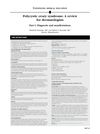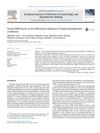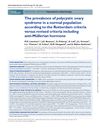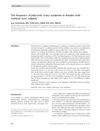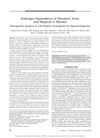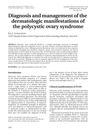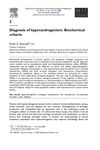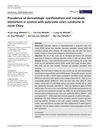The Role of Antimullerian Hormone in the Hormonal Workup of Women with Persistent Acne
June 2016
in “
Journal of Cosmetic Dermatology
”
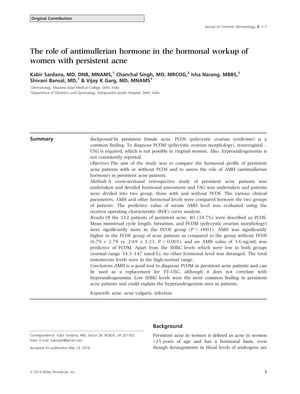
TLDR Women with persistent acne and high levels of antimullerian hormone are more likely to have polycystic ovarian syndrome.
The study investigated the hormonal profiles of 112 women with persistent acne, comparing those with and without polycystic ovarian syndrome (PCOS). It was found that antimullerian hormone (AMH) levels were significantly higher in the PCOS group (6.79±2.79) compared to the non-PCOS group (2.69±1.23), and an AMH level of 3.6 ng/mL could predict polycystic ovarian morphology (PCOM). While low sex hormone-binding globulin (SHBG) levels were common in both groups, no other hormonal abnormalities were observed. The study concluded that AMH is a useful marker for diagnosing PCOM in women with persistent acne and could potentially replace transvaginal ultrasound, despite not correlating with hyperandrogenemia. The study also noted high sensitivity and specificity for diagnosing PCOS using an AMH cutoff value, but acknowledged the need for larger future studies due to its retrospective nature and small sample size.
